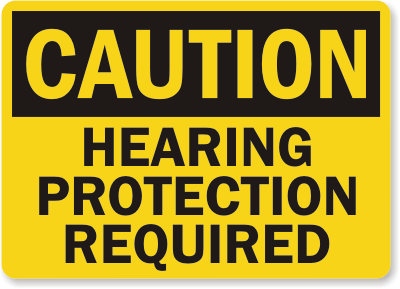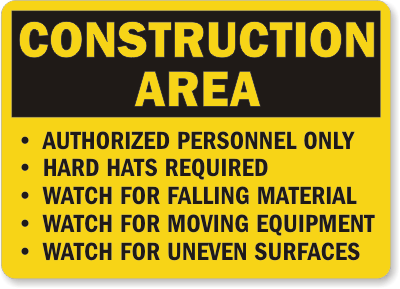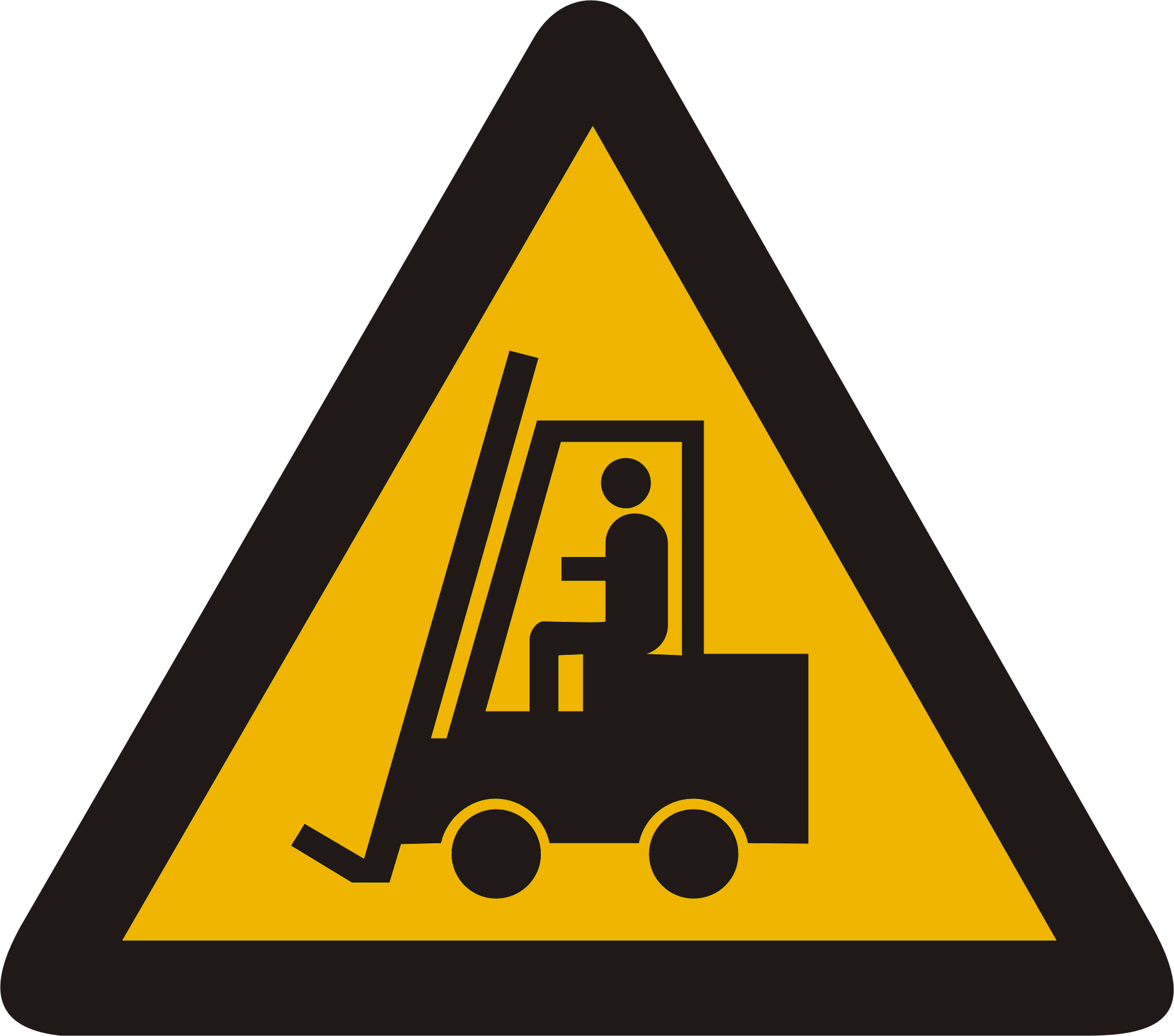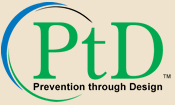 Occupational hearing loss is the most common work-related injury in the United States. Approximately 22 million U.S. workers exposed to hazardous noise levels at work, and an additional 9 million exposed to ototoxic chemicals. An estimated $242 million is spent annually on worker’s compensation for hearing loss disability.
Occupational hearing loss is the most common work-related injury in the United States. Approximately 22 million U.S. workers exposed to hazardous noise levels at work, and an additional 9 million exposed to ototoxic chemicals. An estimated $242 million is spent annually on worker’s compensation for hearing loss disability.
via CDC – Noise and Hearing Loss Prevention – NIOSH Workplace Safety and Health Topic.









